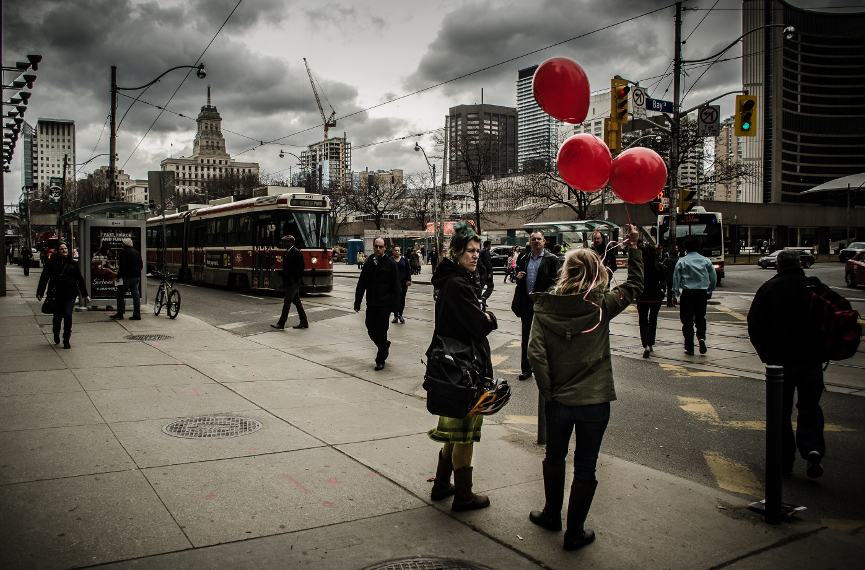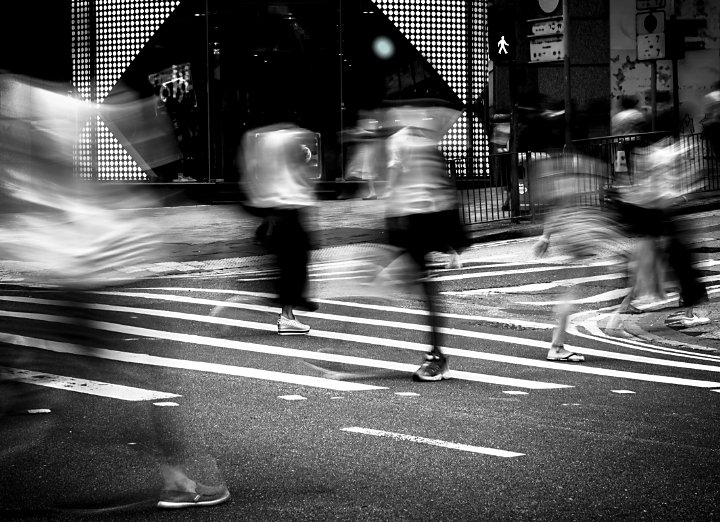The 3-Minute Rule for Framing Streets
The 3-Minute Rule for Framing Streets
Blog Article
Everything about Framing Streets
Table of ContentsHow Framing Streets can Save You Time, Stress, and Money.The smart Trick of Framing Streets That Nobody is DiscussingHow Framing Streets can Save You Time, Stress, and Money.Not known Facts About Framing StreetsIndicators on Framing Streets You Need To KnowThe Facts About Framing Streets Uncovered
Photography category "Crufts Pet Program 1968" by Tony Ray-Jones Street photography (likewise sometimes called candid photography) is digital photography performed for art or query that includes unmediated opportunity encounters and random events within public places, usually with the aim of capturing photos at a crucial or emotional moment by careful framework and timing. 
The 8-Second Trick For Framing Streets
Susan Sontag, 1977 Street digital photography can focus on individuals and their behavior in public. In this respect, the road professional photographer resembles social docudrama photographers or photojournalists that also operate in public areas, yet with the goal of catching relevant occasions. Any of these professional photographers' pictures might record individuals and residential property noticeable within or from public places, which commonly entails browsing moral issues and legislations of personal privacy, security, and home.
Depictions of daily public life develop a style in nearly every period of globe art, starting in the pre-historic, Sumerian, Egyptian and early Buddhist art durations. Art taking care of the life of the street, whether within sights of cityscapes, or as the dominant motif, appears in the West in the canon of the Northern Renaissance, Baroque, Rococo, of Romanticism, Realistic look, Impressionism and Post-Impressionism.
Not known Facts About Framing Streets
Louis Daguerre: "Blvd du Temple" (1838 or 1839) In 1838 or 1839 the very first photo of figures in the road was videotaped by Louis-Jacques-Mand Daguerre in one of a pair of daguerreotype views extracted from his studio window of the Blvd du Temple in Paris. The second, made at the height of the day, shows an uninhabited stretch of street, while the various other was taken at about 8:00 am, and as Beaumont Newhall records, "The Boulevard, so regularly loaded with a moving throng of pedestrians and carriages was completely solitary, except a person that was having his boots combed.
, who was influenced to undertake a similar paperwork of New York City. As the city created, Atget helped to promote Parisian streets as a deserving subject for photography.

The Buzz on Framing Streets
Martin is the very first taped digital photographer to wikipedia reference do so in London with a disguised electronic camera. Mass-Observation was a social study organisation started in 1937 which aimed to tape-record everyday life in Britain and to tape-record the reactions of the 'man-in-the-street' to King Edward VIII's abdication in 1936 to wed separation Wallis Simpson, and the succession of George VI. The principal Mass-Observationists were anthropologist Tom Harrisson in Bolton and poet Charles Madge in London, and their very first report was produced as guide "May the Twelfth: Mass-Observation Day-Surveys 1937 by over 2 hundred onlookers" [] Window cleaner at Kottbusser Tor, Berlin, by Elsa Thiemann c. 1946 The post-war French Humanist College professional photographers found their topics on the road or in the restaurant. Between 1946 and 1957 Le Groupe des XV every year displayed job of this kind. Andre Kertesz. Circus, Budapest, 19 May 1920 Street digital photography developed the major web content of two exhibits at the Gallery of Modern Art (Mo, MA) in New york city curated by Edward Steichen, 5 French Photographers: Brassai; Cartier-Bresson, Doisneau, Ronis, Izis in 1951 to 1952, and Post-war European Digital Photography in 1953, which exported the idea of road digital photography globally.

Indicators on Framing Streets You Need To Know
The recording equipment was 'a hidden video camera', a 35 mm Contax concealed beneath his coat, that was 'strapped to the upper body and attached to a long cord strung down the best sleeve'. His job had little contemporary influence as due to Evans' level of sensitivities about the creativity of his job and the personal privacy of his subjects, it was not released until 1966, in the publication Several Are Called, with an intro written by James Agee in 1940.
Helen Levitt, after that an educator of little ones, connected with Evans in 193839. She documented the transitory chalk drawings - vivian maier that belonged to children's street society in New york city at the time, in addition to the children who made them. In July 1939, Mo, MA's new digital photography section included Levitt's operate in its inaugural exhibitRobert Frank's 1958 book,, was significant; raw and typically indistinct, Frank's photos examined conventional digital photography of the moment, "tested all the formal guidelines set by Henri Cartier-Bresson and Walker Evans" and "flew in the face of the wholesome pictorialism and wholehearted photojournalism of American publications like LIFE and Time".
Report this page